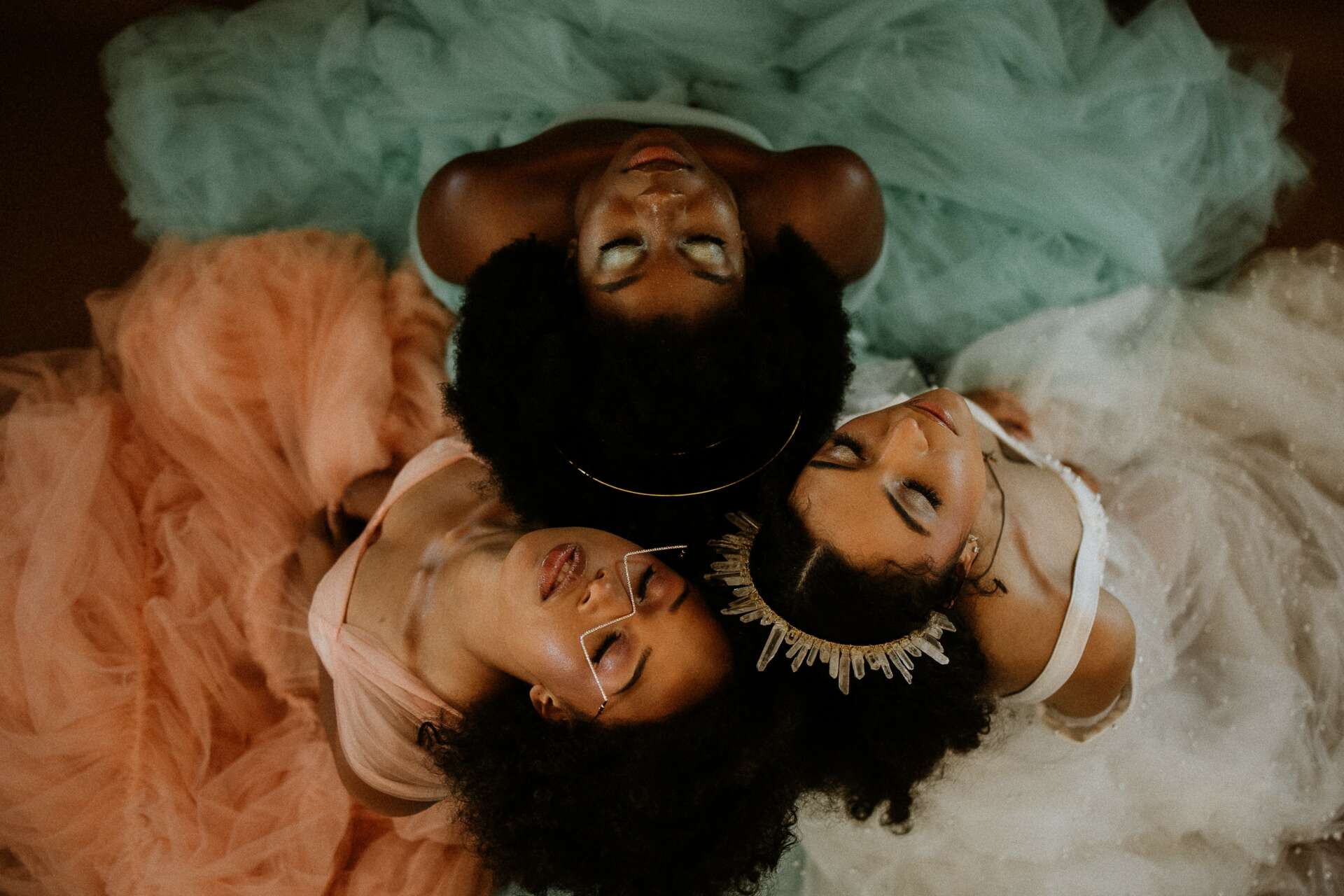Understanding Chemical Hair Relaxers: Endocrine Disruption and Health Risks

Chemical hair relaxers have been a staple in hair care routines for decades, particularly among Black women. However, emerging research has revealed concerning links between these products and serious health issues related to endocrine disruption. It is our ongoing mission to keep you informed about the composition of hair relaxers, their potential health impacts, and healthier alternatives for hair care.
Health Risks and Endocrine Disruption
Chemical hair relaxers typically contain a troubling array of ingredients that function as endocrine-disrupting chemicals (EDCs). These substances—including phthalates, formaldehyde, parabens, and metals like lead—can interfere with the body's hormonal system by mimicking, blocking, or otherwise disrupting natural hormone function. The endocrine system regulates virtually every cell, organ, and function in the human body through hormone signaling, making disruption particularly concerning.
When EDCs enter the body, they can bind to hormone receptors, preventing natural hormones from attaching and performing their intended functions. This disruption can alter hormone production, metabolism, and elimination, potentially leading to significant health consequences. Research has shown that endocrine disruption may occur even at very low doses, and the timing of exposure is critical—with developing fetuses, infants, and adolescents being especially vulnerable.
Multiple studies have established connections between hair relaxer use and serious health conditions. A landmark National Institutes of Health (NIH) study found that women who used chemical hair straighteners more than four times yearly had more than twice the risk of developing uterine cancer compared to those who didn't use these products. Additional research has linked frequent relaxer use to increased risks of ovarian cancer, breast cancer, uterine fibroids, earlier puberty onset, and reproductive issues including infertility and preterm birth.
The mechanism behind these health risks involves both direct absorption through the scalp—especially when scalp burns or lesions are present during application—and indirect exposure through inhalation of fumes during the application process. The cumulative effect of regular, long-term use significantly increases the body's chemical burden and amplifies the potential for adverse health outcomes.
Disproportionate Impact on Black Women
The health risks associated with chemical hair relaxers disproportionately affect Black women, as we are the main demographic who continue to use these products.
This pattern of exposure begins remarkably early, with many Black girls receiving their first chemical hair treatments as young as five or six years old. This early and sustained use means that some women may accumulate decades of chemical exposure before reaching middle age.
The prevalence of relaxer use among Black women is deeply intertwined with societal pressures and beauty standards that have historically devalued natural Black hair textures. In professional environments, educational institutions, and social settings, Black women have frequently faced discrimination based on hairstyle and texture. Until recently, many workplace dress codes and grooming policies implicitly or explicitly deemed natural Black hairstyles "unprofessional" or "unkempt," creating powerful incentives for chemical straightening.
These social and professional pressures have created a situation where many Black women feel compelled to use chemical relaxers despite growing awareness of health risks. The decision to use hair relaxers is rarely made in a vacuum—it often reflects navigation of complex social dynamics and institutional racism that penalizes natural hair.
The consequences of this disproportionate exposure are evident in health statistics. Black women experience higher rates of many conditions linked to endocrine disruption, including uterine fibroids, preterm birth, and certain hormone-sensitive cancers. While multiple factors contribute to these health disparities, mounting evidence suggests that chemical hair product exposure plays a significant role.
Adding to this concern is the fact that many hair products marketed specifically to Black women contain more harmful chemicals than those marketed to the general population. Studies examining product composition have found higher concentrations of endocrine-disrupting compounds in products explicitly targeting Black consumers, creating a troubling pattern of elevated exposure for an already vulnerable demographic.
Moving Forward: Awareness and Alternatives
Progress toward safer hair care practices requires action on multiple fronts:
Increased Regulation and Transparency
Consumer advocates are pushing for stricter regulation of hair care products, including mandatory disclosure of all ingredients and potential health risks. The current regulatory framework allows many harmful chemicals to remain in personal care products without adequate safety testing or clear labeling.
Safer Hair Care Alternatives
A growing number of non-toxic hair care options are becoming available as consumer demand increases. These include plant-based relaxers, heat styling with steam, and gentler stretching methods like roller sets or twist-outs. Professional stylists specialized in natural hair care can provide personalized recommendations for achieving desired styles without harsh chemicals.
Cultural Change and Empowerment
Perhaps most importantly, achieving meaningful change requires addressing the cultural and social factors that drive chemical relaxer use. The natural hair movement has made significant progress in celebrating textured hair and challenging Eurocentric beauty standards. Supporting policies like the CROWN Act, which prohibits discrimination based on hair texture and style, helps create environments where Black women can wear their natural hair without professional or social penalties.
Education about the potential health risks of chemical relaxers must be balanced with respect for individual autonomy and recognition of the complex social factors influencing hair care decisions. Rather than judging individual choices, a more productive approach focuses on ensuring that everyone has access to accurate information, safer alternatives, and supportive environments for whatever hair choices they make.
Should one decide, transitioning to natural hair represents more than just a change in beauty practices—it's also spiritual. This movement reflects an acknowledgment of God's wisdom, a broader push toward health equity, and the demand for corporate accountability.
By supporting brands that prioritize safer ingredients, advocating for stronger consumer protections, and embracing their God-given textures, women can help create a marketplace where beauty doesn't come at the cost of their lives.
Take Action Now: Sign our petition to demand stronger regulations on chemical hair relaxers and protect future generations from harmful ingredients linked to serious health conditions.
Your signature can help create safer beauty standards for all women.

Comments ()